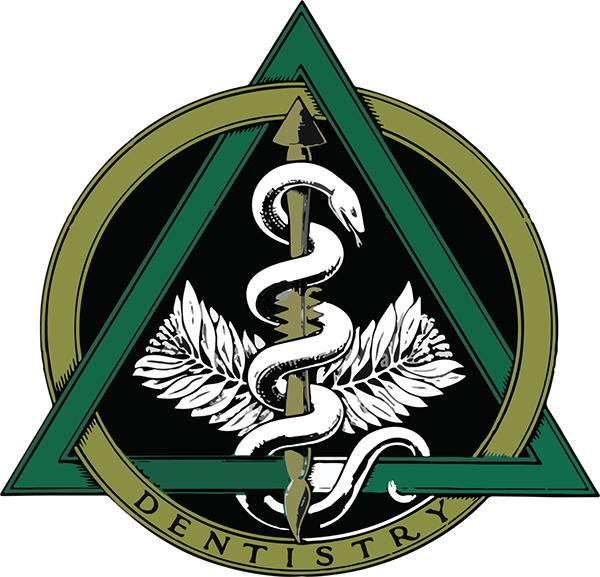Quality Preventive Dental Care in Loveland, CO
Keep Your Beautiful Smile for a Lifetime
Edward J. Lacy Jr. D.D.S.’s Caring Dental Team is Here to Help
At Edward J. Lacy Jr. D.D.S., we understand that quality preventive care is the first step in a lifelong journey, protecting your oral health and stopping problems before they get a chance to start. Preventive dental care is important throughout your life, no matter your age. By practicing good oral hygiene at home and scheduling regular checkups with your dentist, you can help keep your smile bright and healthy for many years to come.
Partner with Edward J. Lacy Jr. D.D.S. for Your Preventive Dental Care
Preventive dentistry is dental care that helps maintain good oral health. It’s a combination of regular dental check-ups along with developing good habits like brushing and flossing. Taking care of your teeth starts early in childhood and extends throughout the course of your life.
What are the benefits of preventive dentistry?
- Lowers risk for developing tooth decay, gum disease, and more serious dental problems.
- Helps promote good oral hygiene habits, such as brushing your teeth at least twice a day and flossing.
- Early identification of dental problems may help minimize treatment and cost.
- Enables your dentist to do a full exam of your mouth, jaw, neck, etc. to identify any related problems.
- Helps reduce dental problems related to some chronic medical conditions. Diabetes, osteoporosis, certain cancers, and eating disorders can all have an effect on dental and oral health. For people with chronic conditions, regular preventive dental care is an important part of whole person health.






